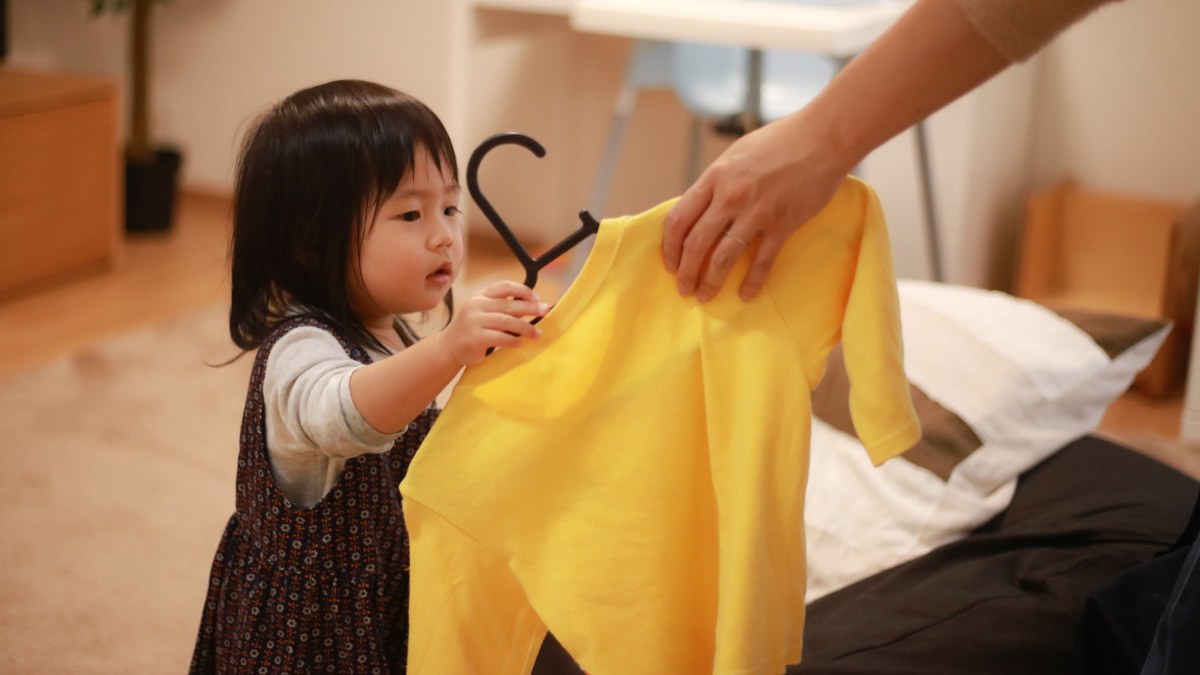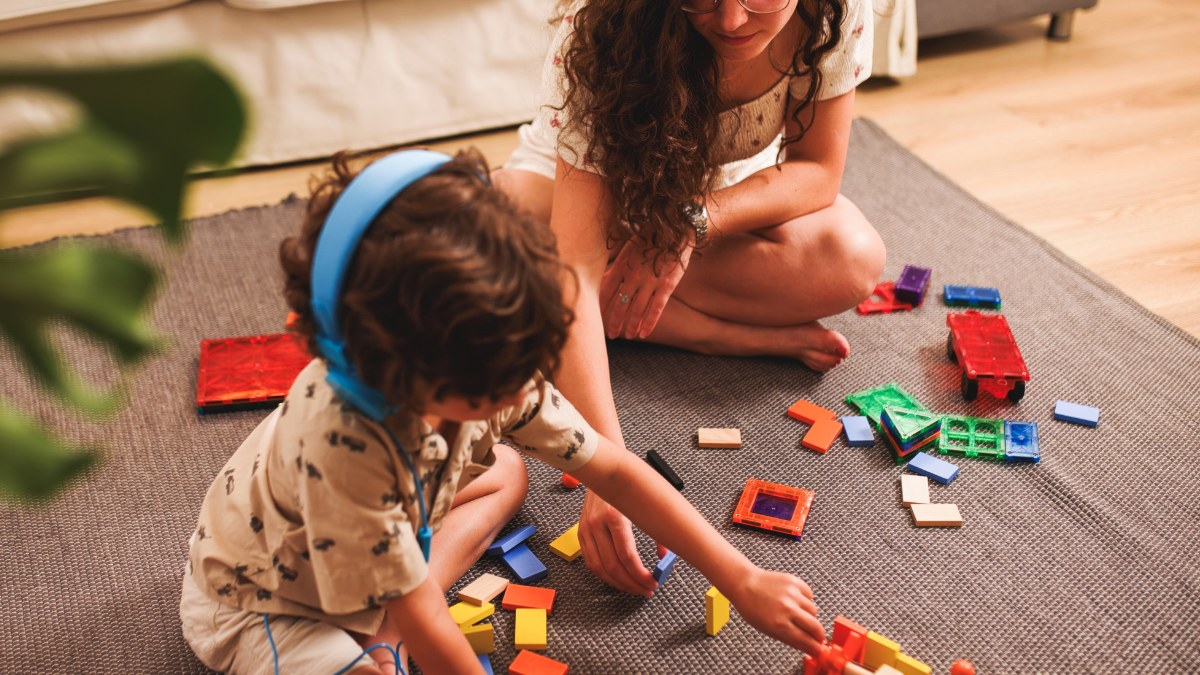Why Does My Toddler Cover Their Ears?
Discover expert solutions for toddler covering ears, from sensory issues to emotional support and healthy habits.
.avif)
Why Does My Toddler Cover Their Ears?
Toddler Covering Ears: An Overview
Toddlers often exhibit various behaviors as they navigate their surroundings. One common gesture is covering their ears. Understanding the reasons behind this action can help caregivers respond appropriately.

Why Do Toddlers Cover Their Ears?
There are several reasons why a toddler might cover their ears. These reasons can range from normal developmental expressions to responses associated with discomfort or anxiety.
When Is Ear Covering a Concern?
While ear covering can be a normal behavior, it is essential to recognize when it might signal an underlying issue. Parents and caregivers should consider the following factors:
Understanding toddler covering ears can lead to better responses from parents and caregivers, ensuring the child's emotional and physical well-being is supported.
Possible Reasons for Toddler Ear Covering
Understanding why toddlers cover their ears can provide insight into their behavior and help caregivers respond appropriately. Various factors may contribute to this action.
Sensory Sensitivities
Some toddlers may experience sensory sensitivities, making them particularly sensitive to sounds. These children might cover their ears in response to noise levels that feel overwhelming. Sensitivity to auditory stimuli can be linked to conditions such as sensory processing disorder.
The following table outlines common sensory sensitivities in toddlers:
Ear Pain or Infections
Ear pain or infections can prompt toddlers to cover their ears as a way to alleviate discomfort. Conditions such as otitis media (middle ear infection) often lead to pain, irritation, and tugging at the ears. It is important for parents to consider this possibility if they notice frequent ear covering accompanied by other signs of distress.
The following table summarizes common signs of ear infections in toddlers:
Emotional Distress
Emotional factors can also lead toddlers to cover their ears. Situations that cause anxiety, fear, or overstimulation may trigger this behavior. In circumstances where a toddler feels overwhelmed or threatened, ear covering might be a self-soothing mechanism.
The following table identifies potential emotional triggers:
By recognizing these underlying reasons for a toddler covering their ears, caregivers can respond with empathy and support, guiding their child towards comfort and understanding.
Expert Strategies to Address Toddler Ear Covering
Understanding the reasons behind a toddler covering their ears is crucial in determining the right approach to address this behavior. Here are some expert strategies that can help parents and caregivers.
Consultation with Pediatrician
A visit to the pediatrician can provide valuable insight when a toddler frequently covers their ears. The pediatrician will assess the child's physical health, including checking for any signs of ear infections or sensory sensitivities. It is important to discuss any concerns with the doctor, as they might offer specific tests or evaluations to rule out underlying health issues.
Occupational Therapy Interventions
Occupational therapy can benefit toddlers experiencing sensory sensitivities. An occupational therapist can work with the child to develop coping strategies and techniques to handle sensory input more effectively. These specialists can also assist in desensitization exercises, helping the child gradually become comfortable with sounds that were previously overwhelming.
Creating a Calming Environment
A calming environment is essential for a toddler who often covers their ears due to sensory overload or emotional distress. Parents can create such an environment by reducing excessive noise, using calming colors, and providing a designated quiet space for the child.
These expert strategies can guide parents in addressing toddler ear covering effectively. Each child's needs may vary, so it is important to tailor approaches based on individual circumstances.
Practical Tips for Parents
Understanding and addressing a toddler's habit of covering their ears can be made easier with some practical strategies. Below are tips that can help parents deal with this behavior effectively.
Observing Triggers and Patterns
Parents should take note of the situations or environments that lead to their child covering their ears. This can help identify triggers, whether they are related to loud noises, certain activities, or emotional states. Keeping a record can aid in understanding the frequency and context of this behavior.
Implementing Relaxation Techniques
Introducing relaxation techniques can create a calming atmosphere for toddlers. Parents can encourage practices such as deep breathing or gentle rocking. These techniques can help reduce anxiety and potentially decrease the tendency to cover ears in stressful situations.
Maintaining Consistent Routines
Establishing a consistent daily routine can provide toddlers with a sense of security, helping to alleviate anxiety. Consistency in meal times, nap times, and play times creates predictability, which can be comforting for young children.
By observing triggers, implementing relaxation strategies, and maintaining routines, parents can better support their toddlers who frequently cover their ears. These practical tips can lead to a more understanding and nurturing environment.
Promoting Healthy Ear Habits
Encouraging healthy ear habits is crucial for supporting toddlers and addressing behaviors such as covering their ears. This section discusses the significance of regular ear check-ups, proper ear hygiene, and promoting positive ear care behaviors.
Importance of Regular Ear Check-ups
Regular ear examinations are essential for monitoring a child's ear health and identifying any potential issues early on. These check-ups can help in the prevention and treatment of ear infections, which may contribute to ear covering behaviors.
Proper Ear Hygiene Practices
Maintaining proper ear hygiene is vital to prevent infections and discomfort that may cause toddlers to cover their ears. Simple yet effective practices can contribute to better ear health.
Encouraging Positive Ear Care Behaviors
Fostering positive behaviors related to ear care can help toddlers develop a healthy understanding of how to care for their ears and recognize their body needs.
Promoting these healthy ear habits can create a supportive environment for toddlers and help address any underlying concerns related to covering their ears.
Seeking Further Support
When dealing with a toddler who covers their ears, it can be beneficial to explore additional resources and support systems. This ensures parents and caregivers have the tools they need to address this behavior effectively.
Community Resources and Support Groups
Joining community resources and support groups can provide valuable insight and connection with others facing similar challenges. These groups often share experiences, strategies, and support.
When to Seek Professional Help
In some cases, it may be necessary to seek professional assistance. Parents should consider contacting a qualified expert if the ear covering behavior persists or is accompanied by other concerning symptoms.
Building a Support Network
Establishing a support network is crucial for managing a toddler's ear covering behavior. This network can consist of family members, friends, and professionals who can provide ongoing support and advice.
By utilizing these resources and establishing a strong support network, parents can better navigate the challenges associated with their toddler covering their ears.
Sources
https://www.thetreetop.com/aba-therapy/baby-covering-ears-with-hands
https://www.goldenstepsaba.com/baby-covering-ears-with-hands
https://www.autismparentingmagazine.com/covering-ears-autism




%20(1).jpg)

%20(1).jpg)





%20(1).jpg)
.jpg)
.jpg)